Architecture Photography: Explanation, Guide, and Tips
Updated on
Architecture photography is a unique and exciting way to capture the beauty of buildings and structures. Whether you are photographing a modern skyscraper or a historical landmark, architecture photography allows you to showcase the details and design that make each building special.
In this guide, you'll learn the essential tips and techniques to improve your architecture photography skills. From choosing the right equipment to mastering composition, we'll walk you through the tips and ideas that will help you capture stunning architectural images. You'll also discover how post-processing can bring out the best in your photos, turning good shots into great ones. Ready to dive in? Let's get started!
Key Takeaway: Architecture photography blends technical skill with artistic vision to capture the beauty and character of buildings. This guide offers practical tips on mastering equipment, lighting, and composition, as well as refining your images with tools like Aiarty Image Enhancer. With its AI-powered denoising, deblurring, and detail enhancement, Aiarty can easily bring out intricate details and textures like stone, glass, or metal. Post-processing becomes effortless, helping you transform good photos into stunning works of art.
What Is Architecture Photography
Architecture photography, also called building photography, is the art of capturing buildings and structures in a way that highlights their design and character. It's about more than just photographing a building—it's about showcasing its essence, whether that's its size, shape, texture, or history. This genre can be as creative as it is technical, blending artistic vision with precise execution.
By photographing architecture, you can preserve the beauty of old structures, showcase modern designs, or even tell stories about the people and culture connected to these spaces. This form of photography is popular with both professionals and hobbyists because it combines creativity, technical skill, and a deep appreciation for design.
Types of Architectural Photography
- Exterior Photography: Focuses on the outside of buildings. This type often emphasizes the building's size, materials, or surroundings. It's ideal for shooting skyscrapers, houses, or monuments.
- Interior Photography: Captures the inside of buildings, showcasing layouts, lighting, and textures. Interior photography is common in real estate, magazines, or showcasing modern interiors.
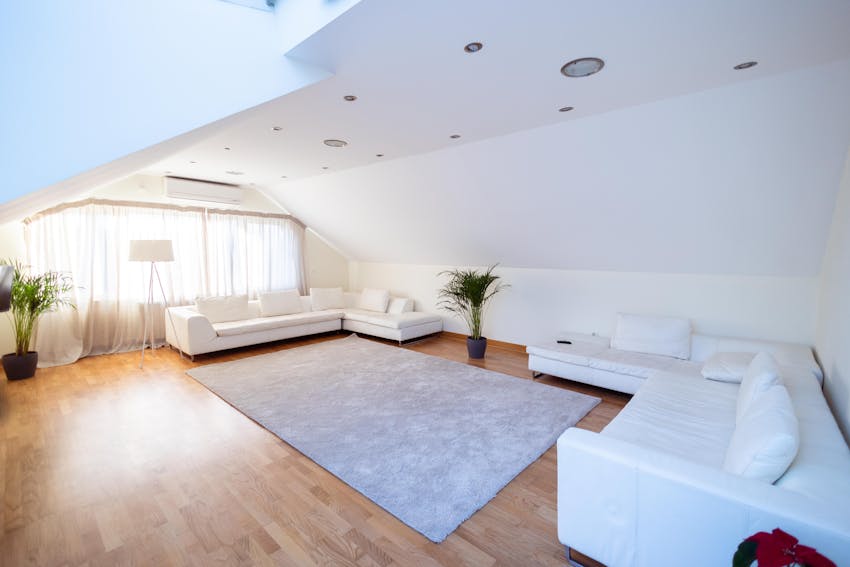
How to Photograph Architecture
Capturing stunning architecture photography is about blending technical skills with artistic vision to highlight the beauty, purpose, and story behind each structure. Whether you are a beginner or a seasoned photographer, mastering the right techniques can help you elevate your shots.
1. Choose Your Photography Equipment
The right equipment can make a big difference in the quality of your architecture photography. DSLR cameras are a great choice for their professional image quality and full control over settings like aperture and shutter speed. Mirrorless cameras, on the other hand, are lightweight and perfect for travel, offering similar features in a more portable design. Drones allow you to capture breathtaking aerial shots, while modern smartphones are convenient for spontaneous shots and can still deliver impressive results, especially in good lighting.
2. Choose Locations
The location you choose plays a vital role in architecture photography. Start by exploring buildings with unique designs, such as historical landmarks, modern skyscrapers, or hidden gems in urban or rural areas. Research iconic locations in your area or travel to places known for architectural beauty. Consider the surrounding environment, as it often complements the building's structure. Whether it's a busy cityscape or a serene countryside, the setting can elevate your shot and tell a richer story.
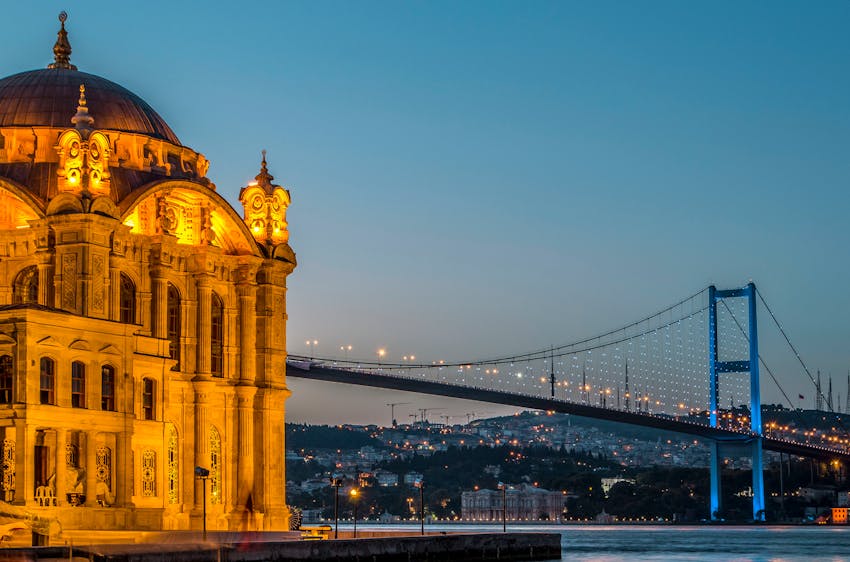
3. Research the Building Beforehand
Before photographing a building, take the time to research its history, architecture style, and significance. Understanding its purpose and unique features can guide your creative approach. Look into details like the architect's vision, construction materials, and notable elements that stand out. If possible, visit the location ahead of time to observe its surroundings and lighting conditions. This preparation helps you plan your shots, ensuring you capture the building in a way that highlights its story and design.
4. Find the Right Light
Lighting is one of the most critical elements in architecture photography. Natural light changes throughout the day, offering different moods and effects. The golden hour, shortly after sunrise or before sunset, provides soft, warm light that flatters most structures. Midday light can work for capturing strong shadows and high contrast. Pay attention to how light interacts with the building's materials, like glass or metal, which can reflect or diffuse it beautifully. Use natural light creatively to enhance your composition.
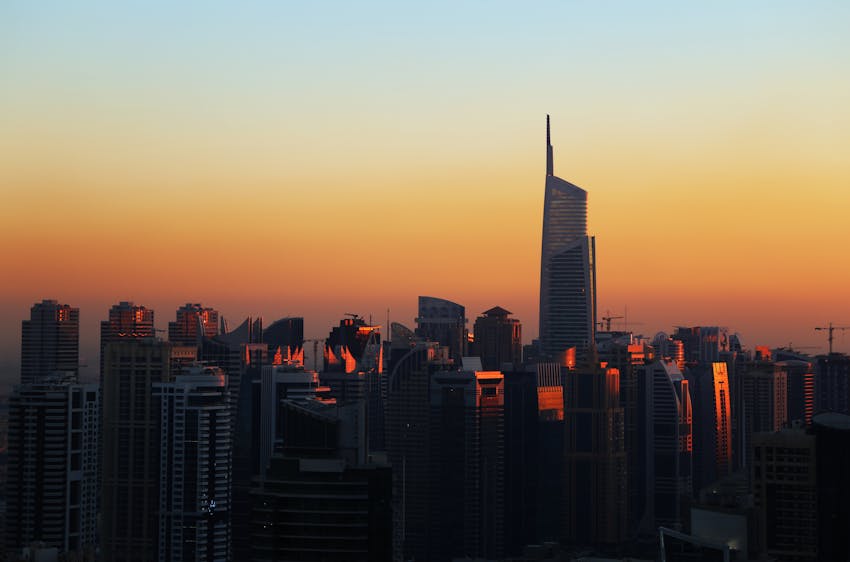
5. Manage tricky lighting with HDR
Tricky lighting situations, like high contrast between bright skies and shaded buildings, can be challenging in architecture photography. High Dynamic Range (HDR) photography is a powerful solution. By combining multiple exposures of the same scene, HDR captures details in both the highlights and shadows. This technique ensures your final image reflects the full tonal range of the scene. Use HDR sparingly to avoid an unnatural look, and let it bring out the beauty of challenging lighting conditions.
6. Shoot at Various Times and Weather Conditions
Different times and weather conditions can enhance specific aspects of architectural photography. For exterior photography, the golden hour adds warmth and highlights intricate details, while midday light creates bold contrasts perfect for modern or minimalist structures. Overcast skies work well for capturing textures in classical or historical buildings, as they eliminate harsh shadows. Rain or snow can add mood and drama, while reflections from puddles can highlight symmetry. For interiors, diffused natural light through windows creates a soft, inviting atmosphere.
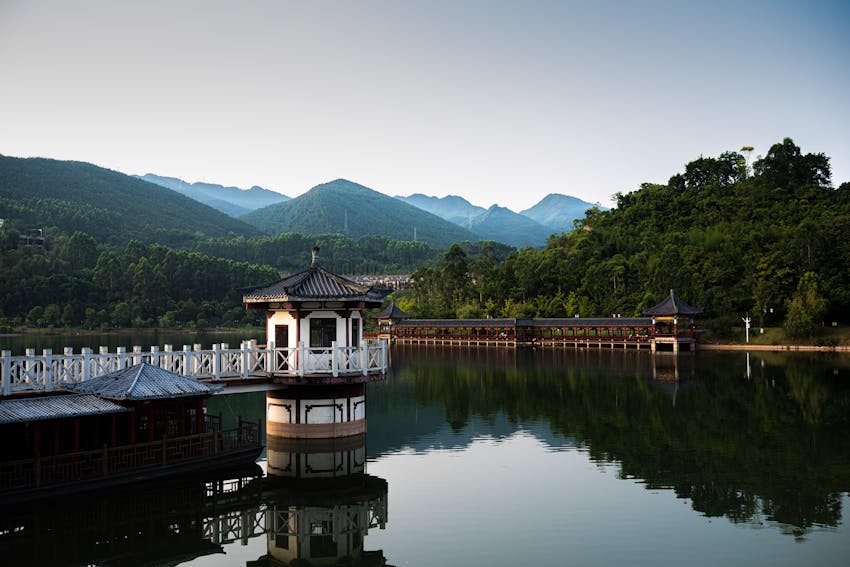
7. Master Composition
Composition is the key to making your architectural photos visually striking. Start by focusing on the building's lines, symmetry, and proportions. Use techniques like the rule of thirds to balance your shots, or center your subject for a bold statement. Leading lines, such as pathways or railings, guide the viewer's eye through the image. Experiment with framing by using surrounding elements, like arches or windows, to add depth. A well-composed shot ensures the structure is both engaging and aesthetically pleasing.
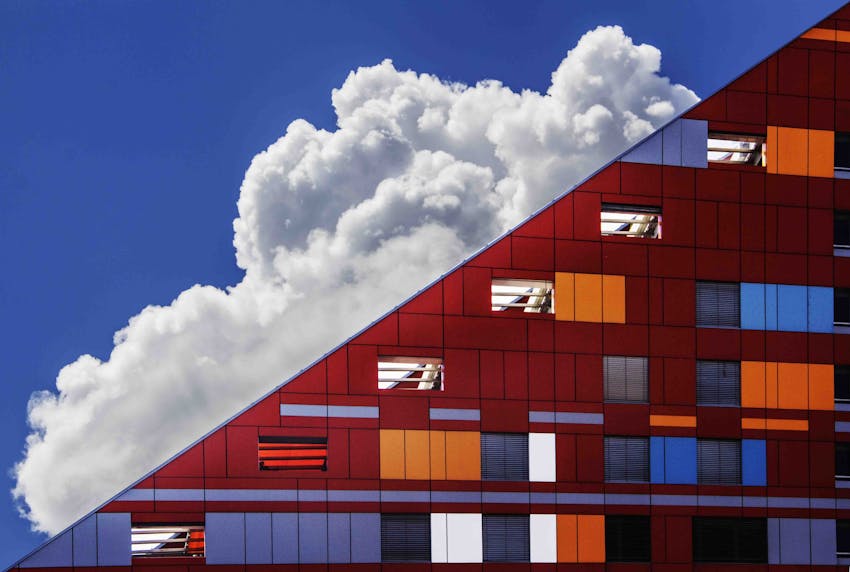
8. Explore Various Perspectives
Finding unique perspectives is essential for capturing the character of a building. Experiment by shooting from high angles, such as rooftops or drones, to showcase the structure within its surroundings. Low angles can emphasize height and grandeur, while side angles reveal depth and layers. Move around the building to discover unexpected views or reflections that enhance the composition. By exploring different angles, you can highlight the building's design and present it in a fresh, compelling way.
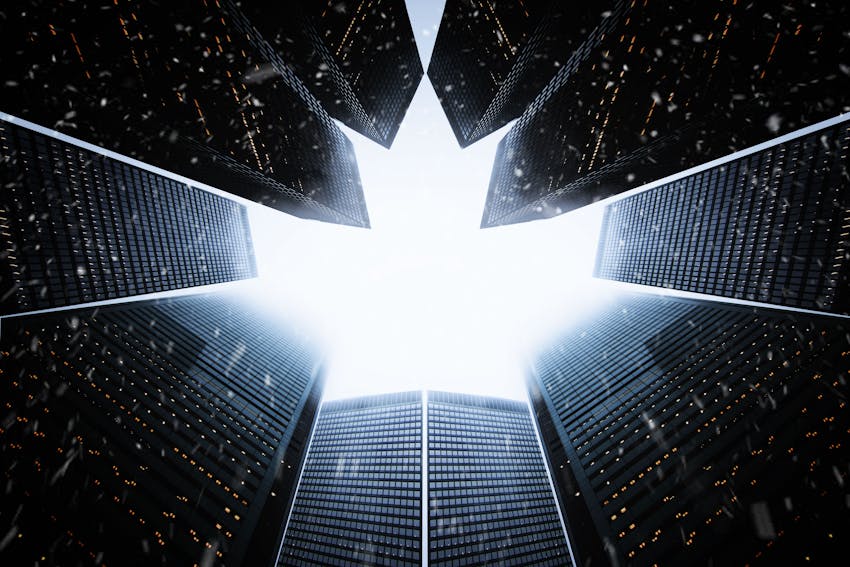
9. Respect the Principles of Geometry
Buildings are often defined by their shapes and lines. Pay close attention to the symmetry, patterns, and alignment of the structure. Straighten vertical and horizontal lines in your frame to avoid distortion, creating a cleaner composition. Highlight repeating elements, such as arches or columns, to emphasize rhythm and structure. By respecting the building's geometry, you can create images that are both precise and visually captivating.
10. Zoom In on Details
While capturing the full structure is important, zooming in on details can reveal the artistry and craftsmanship of a building. Focus on unique features like intricate carvings, patterns, or textures that might go unnoticed in wider shots. Architectural details often tell a deeper story about the building's history, style, or purpose. By exploring both the grand design and its finer elements, you create a more comprehensive and compelling visual narrative.
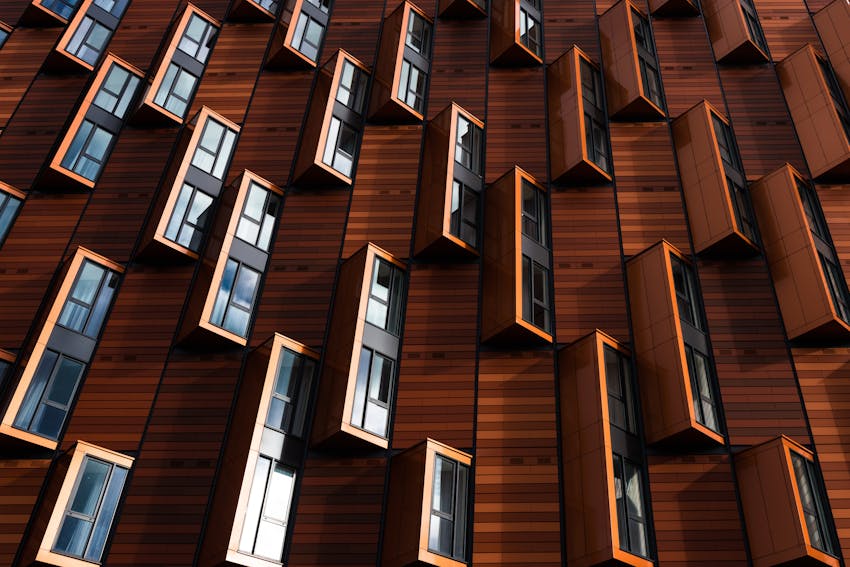
11. Integrate Lines and Shapes
Lines and shapes are powerful tools in architecture photography. Use leading lines, like pathways or edges of buildings, to guide the viewer's eye toward your subject. Incorporate geometric shapes, such as circles, triangles, or squares, to create dynamic compositions. Look for intersections where lines and shapes interact to add depth and complexity. By emphasizing these elements, you can showcase the structure's design in a way that feels balanced and visually engaging.
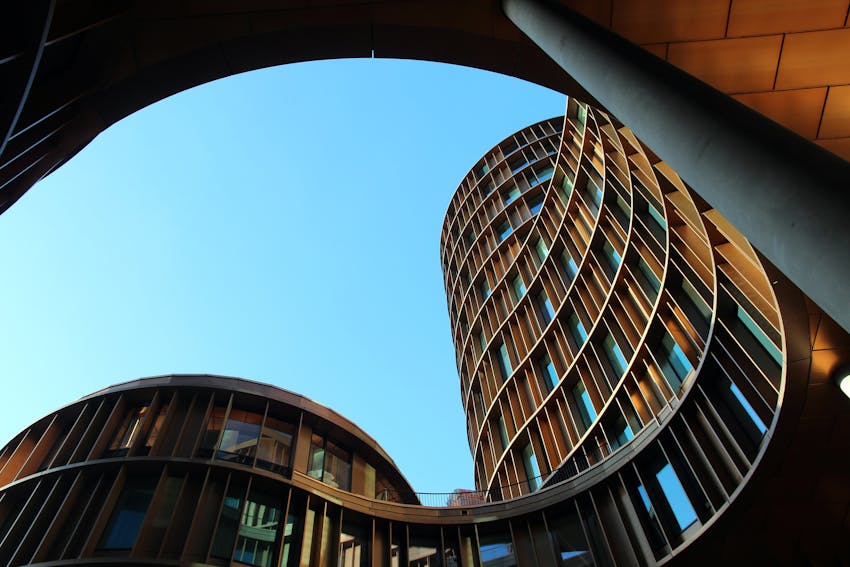
12. Deal with Distortion
Distortion is a common challenge in architecture photography, especially when using wide-angle lenses. Buildings can appear to lean or curve unnaturally, affecting the realism of your shot. To minimize distortion, keep your camera level and aligned with the building's vertical lines. Tilt-shift lenses are great tools for correcting perspective distortions directly in-camera. If needed, post-processing software like Photoshop can help straighten lines and adjust angles, ensuring your images accurately represent the structure.
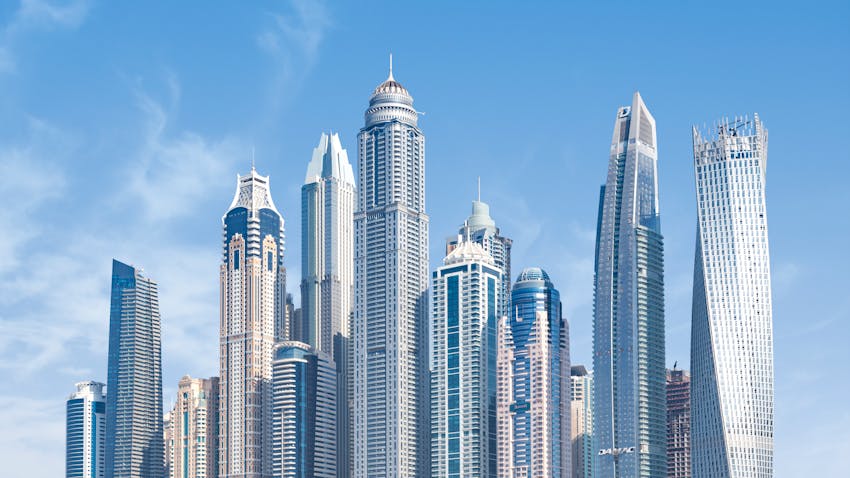
13. Include Some People
Adding people to your architectural shots can bring life and scale to the composition. A person walking through a grand hall or standing next to a towering structure helps viewers understand the size and purpose of the space. Their presence can also evoke emotion, showing how people interact with the architecture. Use them as subtle elements in your frame, ensuring they complement the building rather than dominate the scene.
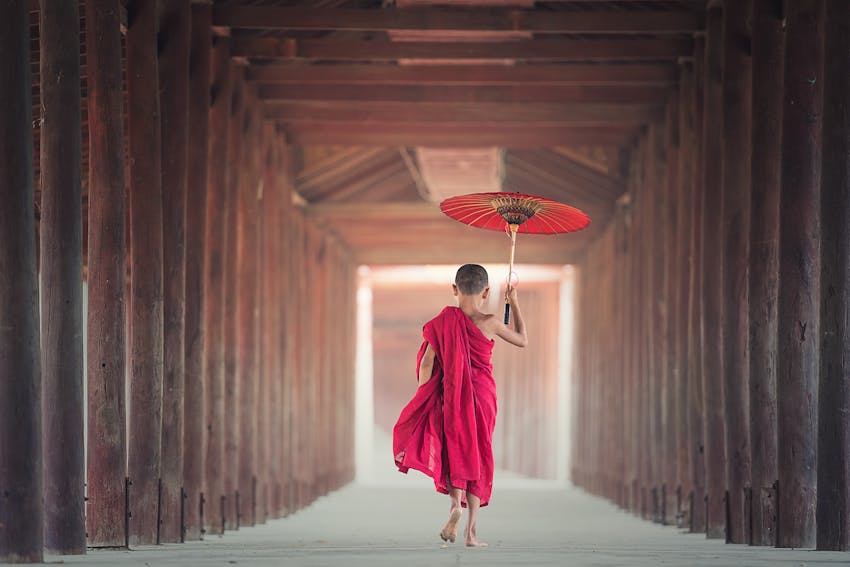
14. Stabilize Your Camera with a Tripod
A tripod is an indispensable tool for architecture photography, especially compared to animal or human photography where quick movements are common. Buildings are stationary, giving you the opportunity to focus on precision and detail. Use a tripod when shooting in low light, such as during golden hour or at night, to capture sharp images without the risk of camera shake. It's also essential for long exposures, such as capturing light trails or reflections. With a stable camera, you can experiment with compositions and framing while ensuring clarity in every shot. For added convenience, use a remote shutter release or timer to eliminate vibrations caused by pressing the shutter button.
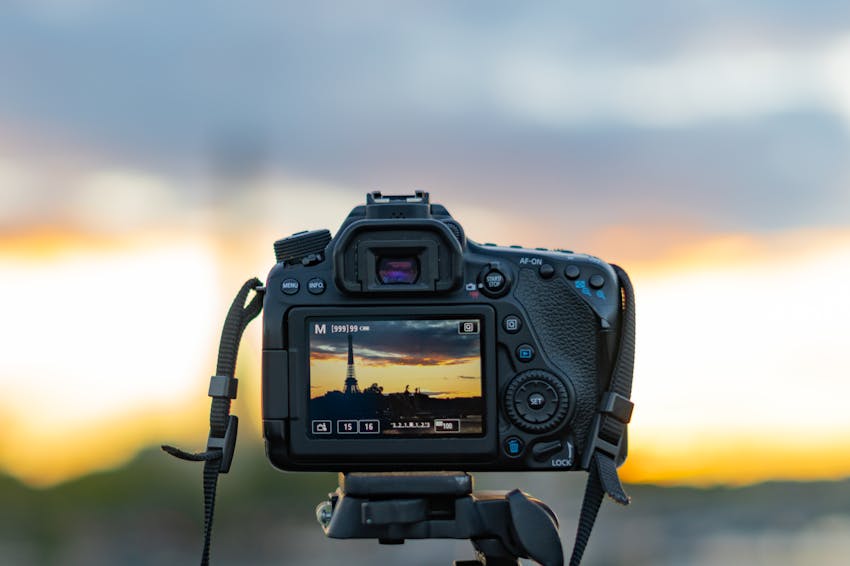
15. Perfect with Post-Processing
Post-processing is not about altering reality but refining your images to highlight the beauty you captured. Use editing tools like Photoshop or Lightroom to adjust brightness, contrast, and color balance. Correct distortion or perspective issues to ensure the building's lines appear natural. Enhance details by sharpening textures, bringing out the unique elements of the structure.
AI-powered tools like Aiarty Image Enhancer can simplify this process, perfect for busy photographers or beginners. This AI image enhancer excels in sharpening textures, denoising, deblurring, and bringing out intricate details with minimal effort. It's especially useful for enhancing textures and details like stone or metal, and refining perspectives.The whole point is to refine your photos without altering the design or feel of the building, ensuring it remains a true representation of what you captured.
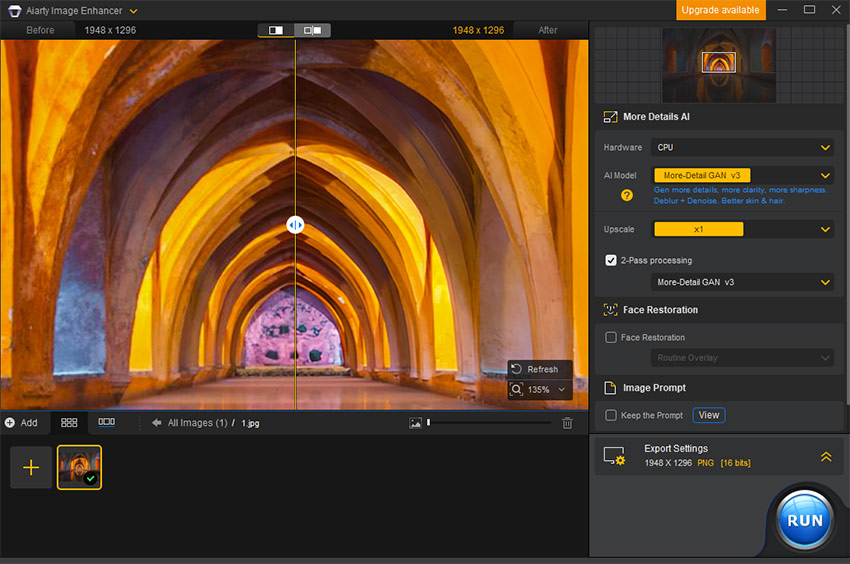
Whether you are a professional or hobbyist, Aiarty Image Enhancer provides a straightforward way to elevate your photos. Download it today to experience how AI can transform your workflow.
Conclusion
Architecture photography is a captivating way to showcase the beauty, history, and design of buildings and structures. By understanding the right techniques, such as mastering composition, working with light, and using post-processing tools effectively, you can create images that truly stand out. Exploring unique angles and paying attention to details help tell the story behind every structure, whether it's a towering skyscraper or a hidden architectural gem.